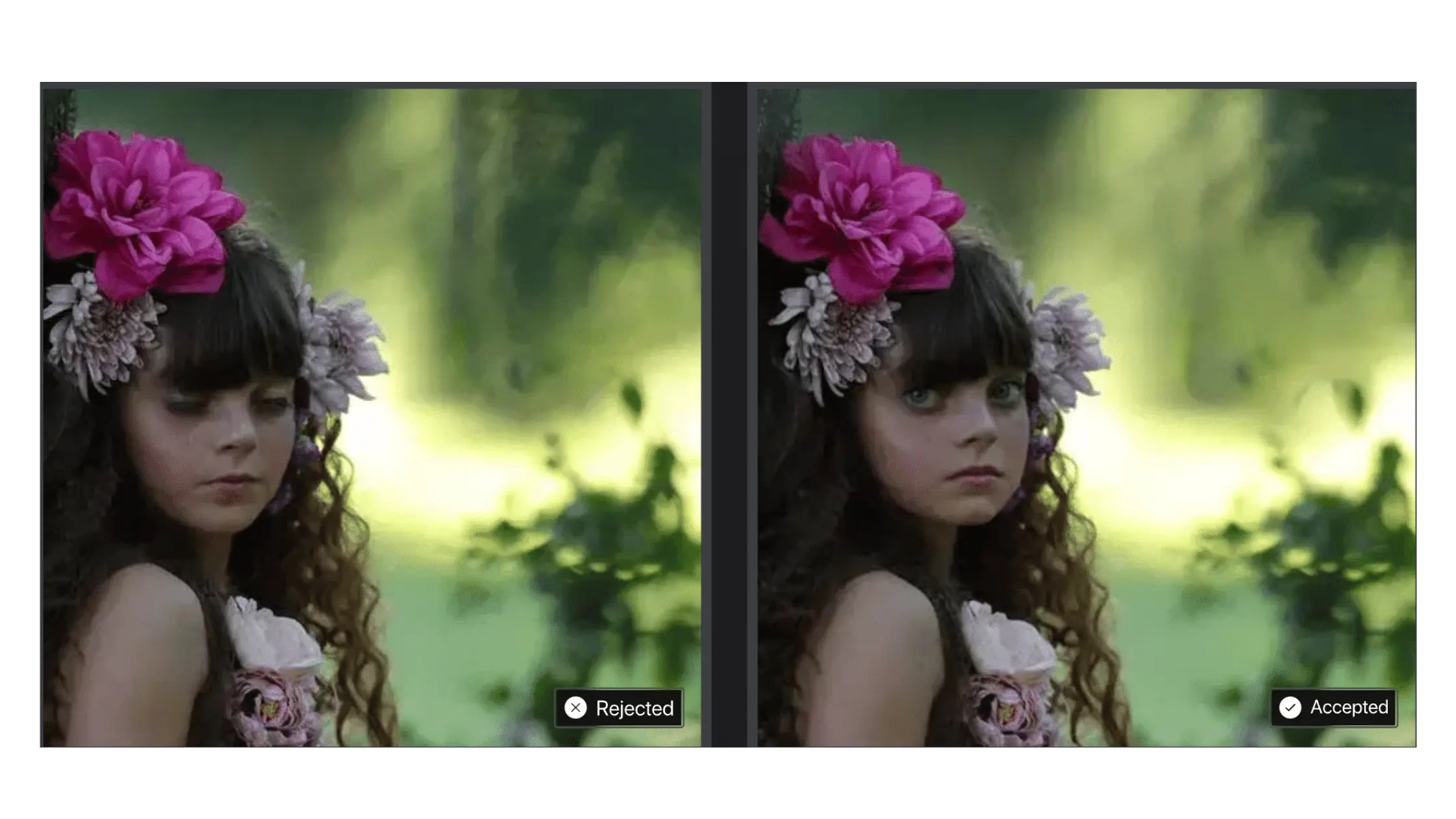Photo culling is a tedious & tiring process of going through thousands of photos & deciding which one to keep. The process involves checking every photo for technical checks such as out-of-focus, blurry or blinks & then going through all similar images to select the best one. If you overshoot, this process can take hours or days in front of the computer.
The Why’s & How’s of Photo Culling Process
It’s important to note that culling photos is an essential part of the photo-editing workflow & can not be replaced. As a photographer, you can not overwhelm your clients with a lot of photos & you also can not provide them with only a few photos. So, the photos you give to your clients play a crucial role in your business.
What makes culling so hard?
Your creative mind was never designed for repetitive work. When the mind does the repetitive job of sifting through the photos back and forth, it gets bored. As you go forward, you lose interest in the culling process, leading to a lack of attention & detail.
This results in:
- Waste of time in doing repetitive tasks
- Lack of Motivation to carry out a tedious task
- Bad quality results coming out of tiredness
How Automated Culling Will Work?
Imagine a computer scanning your photos & filtering the undesired ones like out-of-focus, blurry, unwanted blinks, etc. With the advancements in technology, the AI program can understand the significance of a subject in a photo & can analyze it like a human. As the culling preferences of different people are different, the AI learns from images & selects the best out of them accordingly.
Interestingly, the new AI culling program like FilterPixel understands the photographer’s genre of Photography & culls the photos accordingly. You can then review the AI results back & change them, retaining complete control over the selections and rejections.
How does AI learn your preferences?
The AI is like a child; you teach it the alphabet, words & sentences. Then, you keep correcting it, provide rewards when he does good & scold him when he does wrong. In the same way, FilterPixel has trained the AI algorithm about the focus, blinks, blur, expressions, lighting, composition, moments, orientations, etc. As you keep using the app, the algorithm is always evolving & becoming better.
1. Focus on the face
The AI learns sharp pixels from the photo. After understanding the difference between the sharp and unsharp pixels, the AI can analyze your images & tag them with out-of-focus faces as rejects.

2. Accidental Blinks vs. Intentional Closed Eyes
Sometimes you want the subject to close their eyes intentionally, it’s straightforward to understand this as a human, but for a machine, it’s tough to differentiate between what is an accidental blink & what is an intentionally closed eye.
For this, FilterPixel understands the context of the photo. The context of the image helps to analyze whether it’s an intentional moment or an accidental mistake.

3. Understanding Expression Of The Face
Expressions are related to the context, the moment & the pose. They can’t always go with super happy faces. The AI understands the moment & the proper expression needed for the moment to fit into the story.

4. Knowing The Right Lighting
If you are in a controlled environment, the lighting has fewer chances to go wrong, but you always have to take care of under & over exposures if you are shooting outdoors. FilterPixel understands the illumination that is needed by understanding the Histograms.
5. Composition, Moments & Orientation
If we teach a child the rules of composition, he will start shooting better photos. Tell him about wedding moments like walking the aisle, kissing, or the first dance; he will begin to remember them. In the same way, FilterPixel AI has learned the composition, moments & orientation.
AI + Photography = Future
Will AI in Photography make people lazy, or will it create more opportunities for creativity? So many questions are floating on the internet, but understanding history can predict the future. The transition from Film to DSLR was disruptive, but the ones who adapted it quickly have become experts in the photography industry. The AI boom has already started in all other fields & now it’s pacing up in Photography.
The future of Photography is bright where the AI will do your monotonous work like culling & the creative work will be taken care of by you.
Final Thoughts
Tedious & Tiring tasks such as photo culling must have been automated years ago, but the technology was not there to understand how a photographer selects or rejects the photo. FilterPixel’s automatic selection provides you with absolute control over your decision-making process.
While the AI acts as an assistant in making your job easier, you are the boss of controlling every decision of the photo culling process.
Also, FilterPixel is free for manual culling so that you never have to pay for manual work & offers 10000 photos for free during your 14 days trial period.
If you are willing to try it, use this link to signup for FilterPixel.